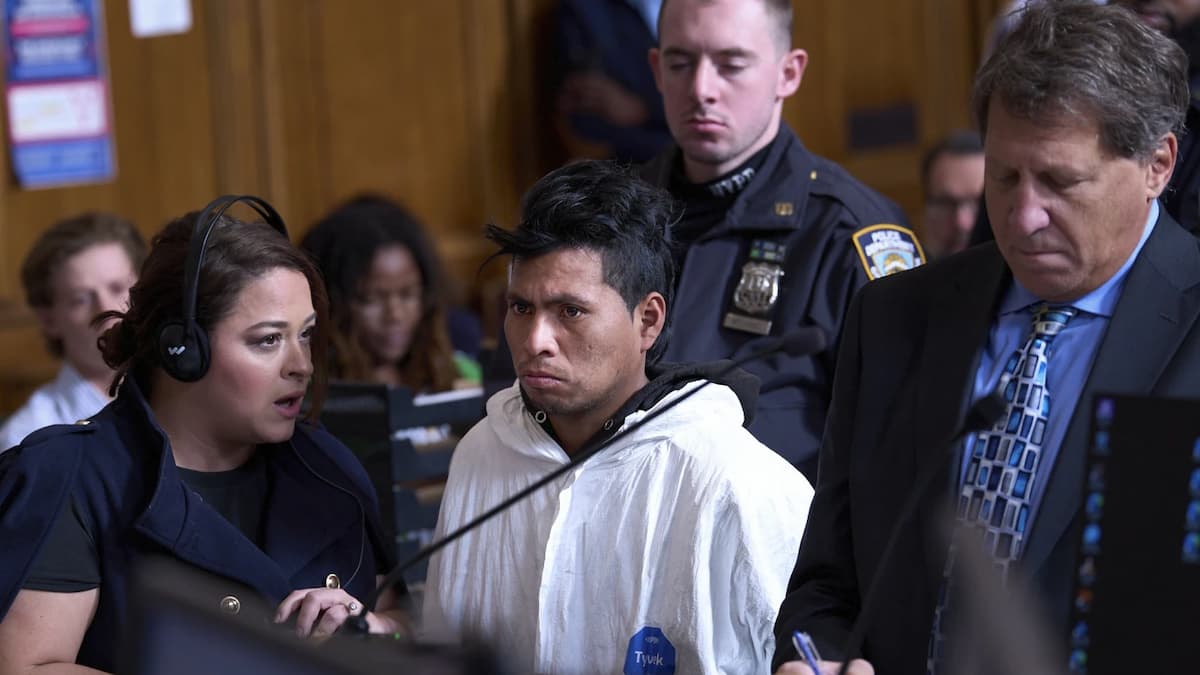The tragedy of Emmett Till is one of the darkest, most shameful parts of this nation’s past. It was so horrid it galvanized a generation of people who were tired of the blatant racism of the Jim Crow South, and were desperate for change. Emmett was a 14-year-old boy who was viciously murdered after a white woman named Carolyn Bryant lied about what he did to her at a convenience store. If there’s any consolation to be had, it’s that Emmett’s death was an early spark in the fire that became the civil rights movement of the ’60s. This is his story.
Emmett Louis Till entered this earthly plane on July 25, 1941. He was born in Chicago, an only child in a Black neighborhood on the South Side. He was nicknamed Bobo, and he was mischievous and loved pranks. He contracted polio at a young age and it gave him a stutter, but he learned how to whistle to overcome it. Originally from Mississippi, his mother moved to Chicago with her family when she was two years old.
Till never met his father, who was executed after being accused of rape and murder during World War II. The next big chapter in Till’s life was unfortunately the last. In August of 1955, Till returned to Mississippi. While he attended a segregated school in Chicago, he was not prepared for the level of racism in the racist South. His mother even warned him to be careful, that they weren’t kind to Black people down there, that it was different and could be dangerous.
The Incident at the Country Store
In the sunlight of Aug. 24, Emmett was hanging around outside of a country convenience store with his cousins and some friends. Emmett was joking around and bragging that he had a white girlfriend at home. No one believed him and then they dared him to go ask the woman behind the counter for a date. What happened next would eventually change the world, but Emmett would never get to see the movement he inspired.
There are many versions of this story, but the basics are that there were only two people in the store: Emmett and Carolyn Bryant, who was behind the counter. Emmett bought some gum, and instead of leaving the money on the counter, as was the expected custom for African Americans, he placed it in her hand. On the way out, he could be heard saying “Bye, Baby.” He was a child.
Carolyn would later testify that he came behind the counter and grabbed her, spoke lewdly and whistled as he strutted out the store. She would later recant that testimony when she was an older woman near death.
The Murder of Emmett Till
When Carolyn’s husband Roy returned from a business trip a few days later, she told him the false story. He became enraged and went to the house where Emmett was staying with his great uncle, Mose Wright. Roy brought his half brother, J.W. Milam, with him and they demanded to see Emmett, whom they forced into a car, despite Emmett’s uncle’s cries for mercy. They drove him around and probably beat him in a shed near Milam’s residence.
After that they drove to the Tallahatchie River and made Emmett undress and carry a 75-pound cotton gin fan to the banks of the muddy water. They beat him more, violently removed one of his eyeballs and shot him in the head. Then they tied the cotton gin to him to weigh him down and threw his lifeless body into the river. He would be so mutilated by the time he was found that he was only identified by a ring. His skull was crushed and crumbly, and his other eye was hanging by its nerve. The sheriff tried to get him buried right away but his mother demanded his return to Chicago.
The Funeral of Emmett Till
When Emmett’s body arrived on a train, there was a large crowd on hand to witness his mother break down when she saw the casket. “You didn’t die for nothing,” she said while they moved it onto a hearse. When she eventually saw just how mutilated his body was, she decided to have an open casket funeral so the whole world would have to see what those men did to her boy.
Weekly African American magazine Jet published a photo of the boy’s disfigured corpse and the issue sold so many copies the magazine was forced to do a reprint – the first time that ever happened. Major news outlets picked up on the story and soon the whole world was demanding a trial for the murderers.
The Trial of Roy Bryant and J.W. Milam
It’s generally believed by historians that there were actually several men who participated in Till’s murder, but the only ones who were put on trial were Milam and Bryant. Their defense was that Emmett was alive and someone put a different body in the water to frame them. Even when Mose Wright, Till’s uncle, identified the two men as the killers, the jury was unswayed. After a five day trial, a jury of all white men acquitted them, meaning they could not be tried again.
The men would later sell their story to Look Magazine and admit to cold-blooded murder in an article that’s so racist and hateful it stands starkly as a disgusting, hopeless reminder of the past. In 2017, in a book called The Blood of Emmett Till, Carolyn admitted she made the whole thing up. She died in April of 2023.
Emmett Till’s Legacy
The grocery store closed after a boycott following the trial, and about 100 days after Emmett’s death, Rosa Parks refused to move to the back of the bus in Montgomery and was arrested for violating segregation laws. In a 1988 article in Vanity Fair, Reverend Jesse Jackson shared that “Rosa said she thought about going to the back of the bus. But then she thought about Emmett Till and she couldn’t do it.”
That caused a bus boycott and Martin Luther King Jr. rose to prominence with a speech chastising the men who killed Till and and the injustices toward Black people. He would use Till’s death to galvanize an entire nation against social injustice. He would eventually give his “I Have a Dream” speech on the anniversary of Till’s death.






Published: Apr 8, 2024 05:14 am